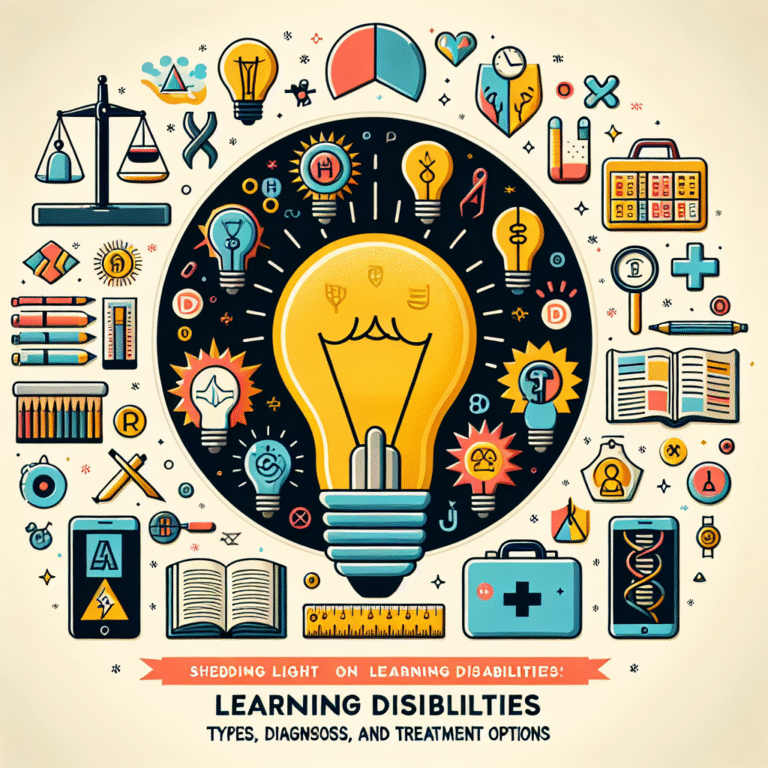
Introduction
In an era marked by a growing understanding of data’s power, the criminal justice system stands on the precipice of a revolutionary transformation. Breaking the Cycle: How Data Analytics is Transforming Recidivism Prediction is not just a topic of academic interest; it is central to the future of law enforcement, rehabilitation, and community safety. Today, nearly two-thirds of released prisoners are rearrested within three years. But what if we could use data analytics to change that narrative? This article delves deep into how innovative data approaches are not only predicting recidivism but also guiding interventions that can break the cycle of reoffending.
The Current Landscape of Recidivism
Understanding Recidivism
Recidivism refers to the tendency of previously incarcerated individuals to relapse into criminal behavior. The consequences are staggering—not only for the individuals involved but for society as a whole. Communities are affected by crime rates, economic instability, and the emotional toll on families.
The Role of Data in Criminal Justice
Traditionally, predicting recidivism relied heavily on subjective assessments by parole officers and psychological evaluations. However, with the rise of big data, insights can now be drawn from complex datasets that include arrest records, demographics, and even social media behaviors.
The Power of Predictive Analytics
What is Predictive Analytics?
Predictive analytics utilizes statistical techniques, including machine learning and data mining, to analyze current and historical data. These techniques are employed to make predictions about future events. In the realm of recidivism, this means assessing an individual’s likelihood to reoffend based on their unique profile.
Breaking the Cycle: How Data Analytics is Transforming Recidivism Prediction
The Methodology Behind Predictive Models
At its core, breaking the cycle involves developing and refining predictive models that can assess risk factors linked to recidivism. Often, these models analyze:
- Demographic data: Age, gender, ethnicity
- Criminal history: Types of crimes, frequency, time served
- Social variables: Employment status, education level, community ties
A comprehensive example is the use of Logistic Regression and Random Forest algorithms, which have been shown to improve the accuracy of recidivism predictions significantly.
Case Study: The COMPAS Algorithm
One of the most discussed tools in recidivism prediction is the Correctional Offender Management Profiling for Alternative Sanctions (COMPAS). This algorithm assesses the likelihood of an offender reoffending based on various factors. Its application in several states has sparked debates about fairness, transparency, and bias, highlighting the need for continuous evaluation and improvement in data analytics tools.
Real-World Applications
Implementing Data-Driven Strategies
Multiple jurisdictions in the U.S. are now employing data analytics to guide parole decisions, allocate resources efficiently, and target interventions. For example, the New York City Mayor’s Office of Criminal Justice has leveraged data to identify hotspots for crime and tailored community outreach efforts accordingly.
Case Study: The Chicago Smart Policing Initiative
This initiative used predictive analytics to identify potential crime locations, significantly reducing crime rates in those areas. By analyzing historical crime data, the initiative helped law enforcement shift from reactive to proactive policing, thereby breaking the cycle of reoffending.
| Year | Crime Rate Reduction (%) | Interventions Implemented |
|---|---|---|
| 2018 | 15% | Increased patrols in hotspots |
| 2019 | 20% | Community engagement programs |
| 2020 | 25% | Focused deterrence strategies |
The Ethical Conundrum
As we explore how data analytics transforms recidivism prediction, we must address the ethical dilemmas it presents. Concerns over bias, fairness, and transparency are crucial. If a predictive model inaccurately assesses an individual’s risk due to biased data, it can lead to unjust outcomes. Ongoing discussions and reforms are essential to ensure that these technologies serve their intended purpose without perpetuating inequities.
The Future of Recidivism Prediction
Innovations on the Horizon
Machine Learning and Artificial Intelligence
The next frontier in recidivism prediction lies in the integration of AI and machine learning algorithms. These technologies can automatically adjust and learn from new data, thereby refining predictions over time. The more we learn, the better our predictions become, ultimately leading to tailored interventions that are far more effective.
Community Partnerships
Breaking the cycle will also require collaboration between law enforcement, social services, and community organizations. Collectively using data can enhance intervention strategies by aligning resources more efficiently.
Conclusion
In conclusion, Breaking the Cycle: How Data Analytics is Transforming Recidivism Prediction reveals an optimistic path forward for the criminal justice system. As we harness the power of data, the potential to reduce recidivism is tangible, paving the way for safer communities and better lives for individuals who have completed their sentences. However, the journey is fraught with challenges, and those challenges require our attention and commitment to ethical standards and equitable practices.
Ultimately, the responsibility lies with us—lawmakers, community leaders, and data scientists—to approach this powerful tool with care, striving toward justice and rehabilitation rather than punishment.
FAQs
1. What is recidivism?
Recidivism is the tendency of previously incarcerated individuals to reoffend or relapse into criminal behavior after serving their sentence.
2. How does data analytics help in predicting recidivism?
Data analytics helps by analyzing vast datasets that include demographic, criminal history, and social variables to identify patterns and risk factors associated with reoffending.
3. What are common tools used in recidivism prediction?
Common tools include algorithms such as COMPAS, Logistic Regression, and machine learning models that assess various factors linked to recidivism.
4. Are there ethical concerns surrounding predictive analytics in criminal justice?
Yes, ethical concerns include the potential for bias, fairness, and transparency in the algorithms used, which can lead to unjust outcomes if not addressed properly.
5. What future innovations are expected in this field?
Future innovations may include enhanced machine learning techniques, AI integration, and increased community partnerships to improve intervention effectiveness and reduce recidivism rates.
This exploration of how data analytics is breaking the cycle of recidivism shows not only the promise but also the responsibility we bear in shaping a just society. As we continue to innovate and adapt, the goal remains: a system that rehabilitates rather than merely penalizes, ensuring everyone has a chance at a fresh start.

















